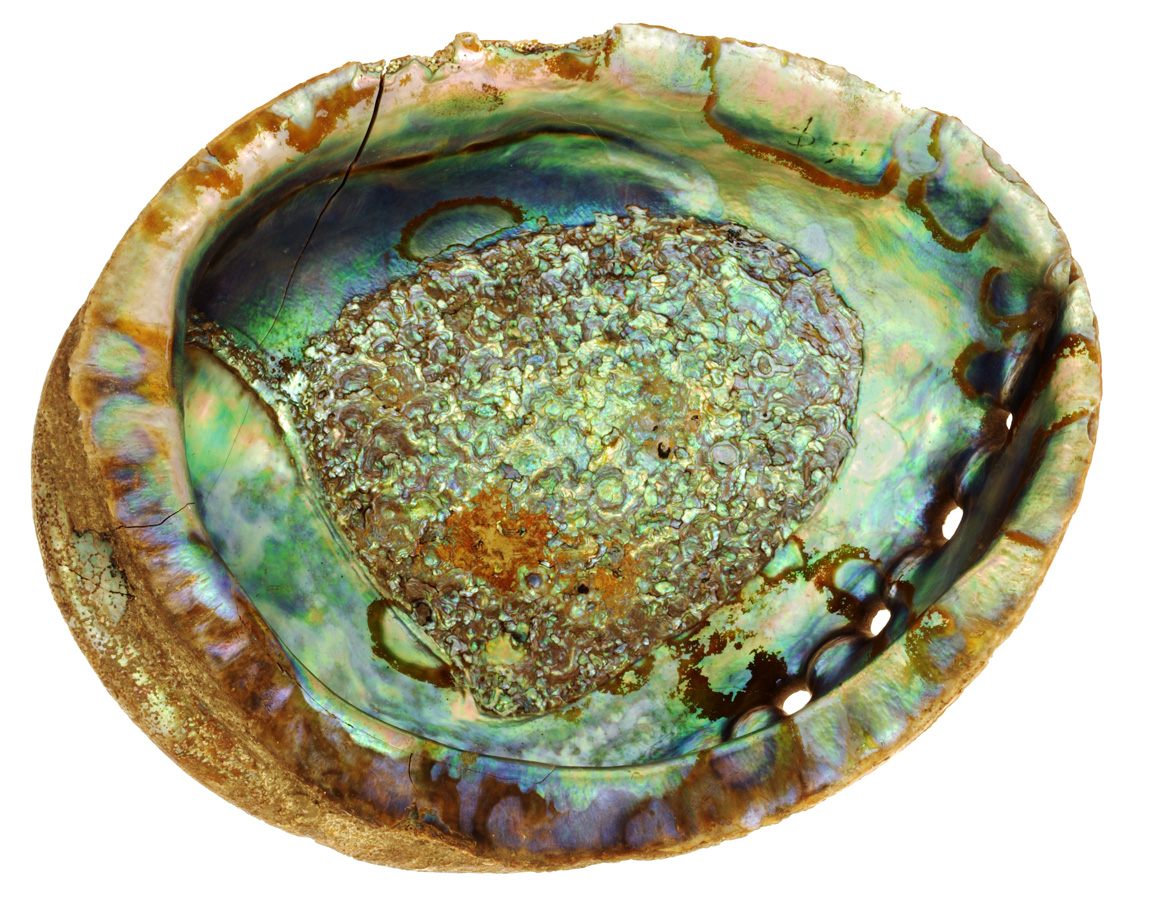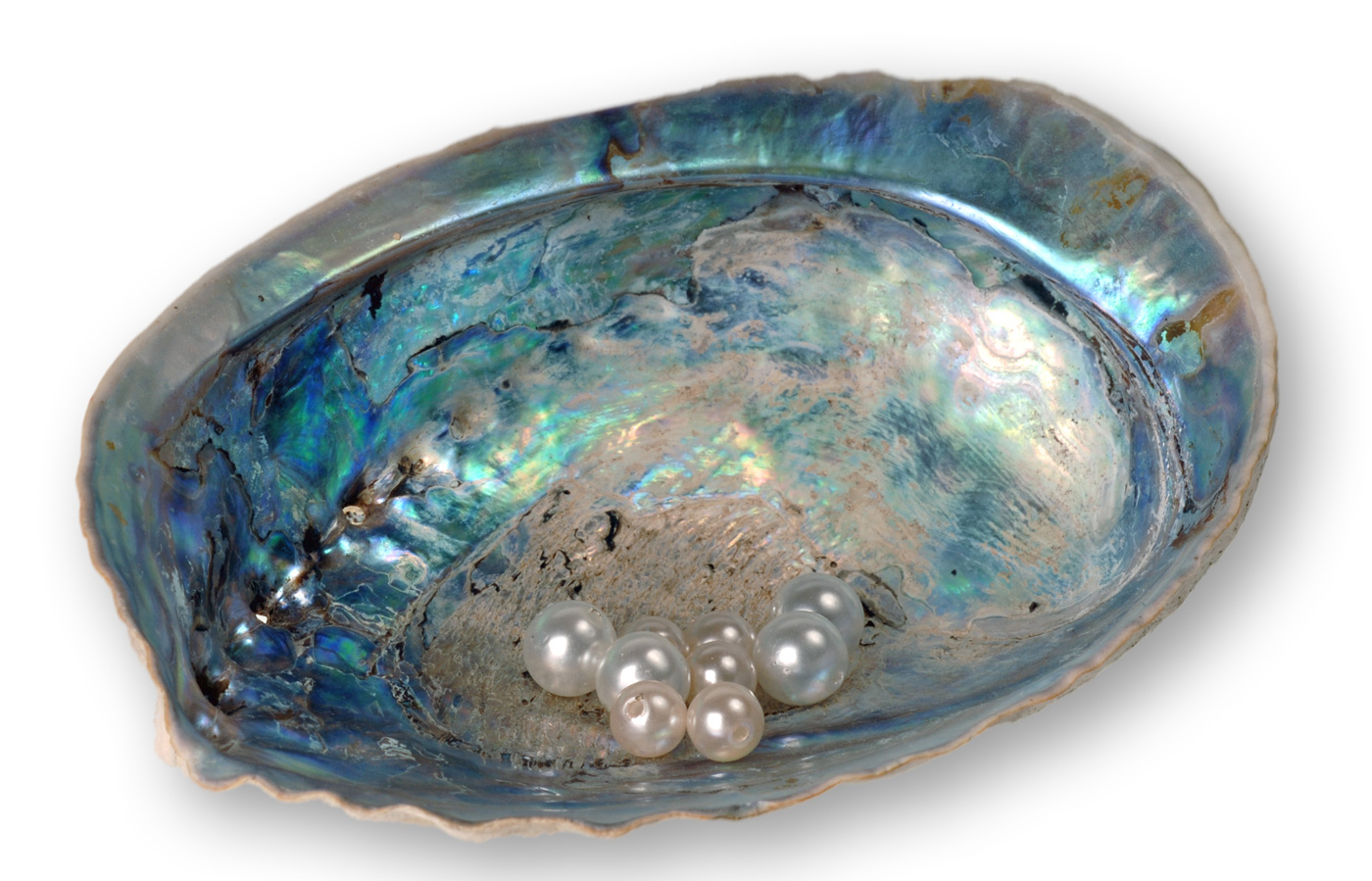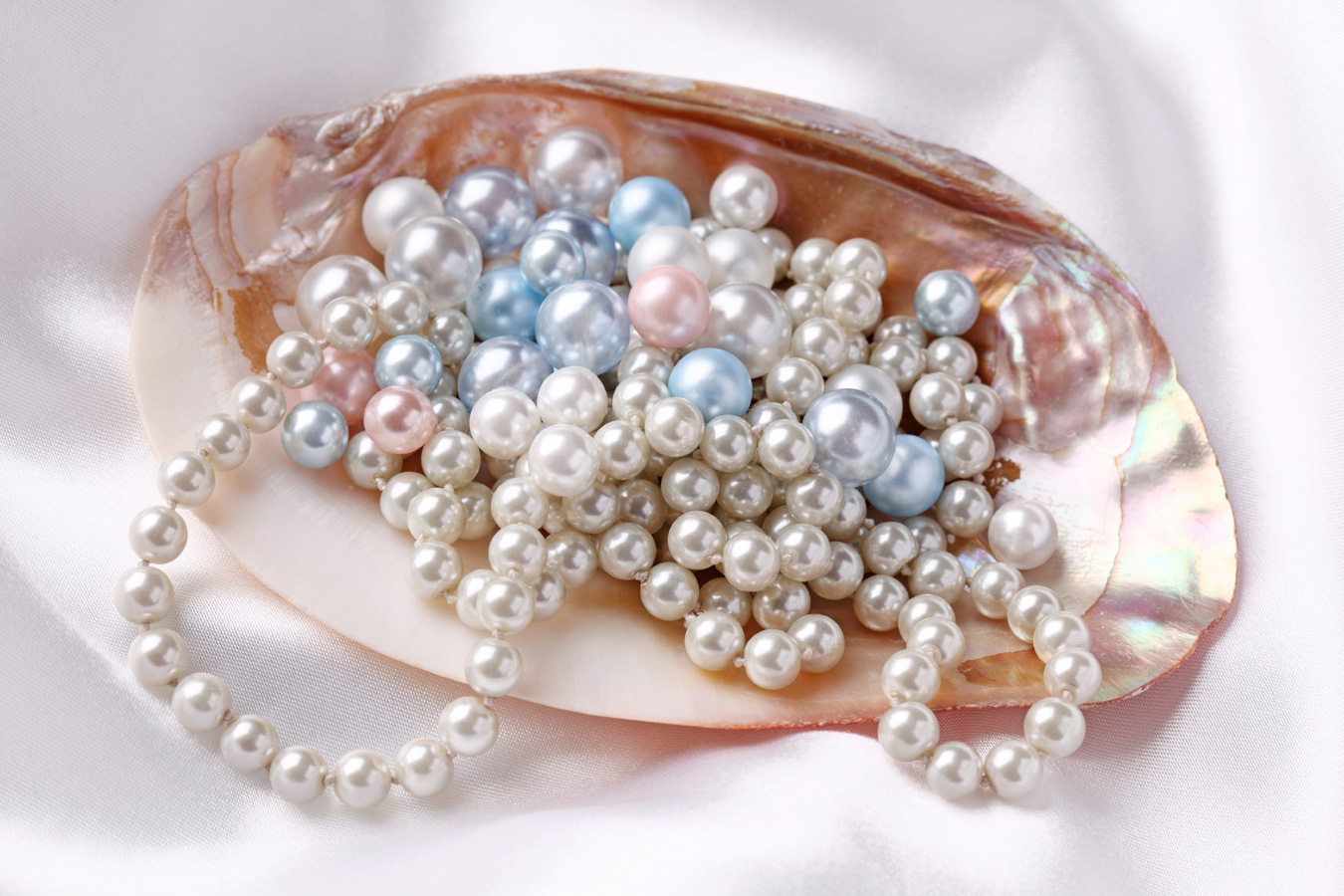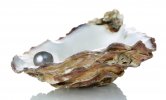Pearl (Indian: Moti; Italian: Perla) is classified into two basic category – Natural and Cultured. The term synthetic must not be used with respect to pearls. Materials which simulate or look like pearls, but do not have either the composition or structure, are known as imitation pearls.
- Natural Pearl
- Saltwater Pearl
- Persian Gulf
- Australia
- Japan
- Straits of Manaar (Region between India & Sri Lanka)
- South Sea Islands
- Freshwater Pearl
- Mississippi (U.S.A.)
- China
- Saltwater Pearl
- Cultured Pearl
- Saltwater Pearl
- Japan
- Australia
- Philippines
- South Sea Islands
- Freshwater Pearl
- Lake Biwa (Japan)
- China
- Saltwater Pearl
- Imitation Pearl are products, completely or partially man-made, imitating the appearance, colour and effect of natural or cultured pearls without possessing the physical and chemical properties, even when using natural substances.
Information on Pearls
Pearls are produce by molluscs which are saltwater oysters and freshwater mussels.
The oyster consists of a soft visceral mass enclosed between two halves of the shell which are hinged together. Like every other animal, an oyster possesses a heart, stomach and mouth. It breathes through its gills and feeds itself with micro-organisms and planktons in the water.
- Pearl Oysters belong to the Pinctada family of the mollusc group in class Lamellibranchia. Pinctada molluscs are saltwater oysters. Molluscs like Unio and Hyriopsis are freshwater mussels.
- The shell is composed of various layers.
- The first layer is dark horny outside layer composed of organic substance conchiolin, a protein like substance.
- It is also the binding agent that holds the aragonite crystals together.
- The inner layer is a thicker crystalline layer of prismatic calcium carbonate in the form of calcite.
- Mother of Pearl is the smooth pearly lining (layer) on the interior of a mollusc shell. It is composed of CaCO3 as aragonite crystals and a little water and conchiolin.
- Aragonite layer is made up of microscopic platy calcium carbonate crystals arranged in an overlapping manner.
- Nacre is a protective pearly substance secreted by the mollusc and deposited around an irritant, in layers. These layers decide the lustre and quality of a pearl. The thinner the layer, the better is the lustre and vice versa.
- Mantle is a fold of epithelial material that envelopes the internal organs of the animal and is situated at the meeting point of the inner sides of the shell. It secretes conchiolin, aragonite and calcite.
- Orient of a pearl results from the diffraction of the light through the aragonite crystals.
- When white light is reflected from two different surfaces very close together, the two reflected waves can be out of phase, which causes interference, resulting in rainbow colours.
- The finer the pearly layers, the greater the orient that the pearl will possess.
Pearls Produced by Snails
- Abalone Pearls: Found off the coast of New Zealand, California, Mexico, Japan and Korea. These pearls are known for their almost opal like appearance. The colours may be any combination of green, blue, pink or yellow and usually have an irregular shape.
- Conch Pearl: These pearls are found in the great Conch, a large marine snail found throughout the Caribbean. Commonly pink, white or brownish. They are also called ‘pink pearls’ and may have distinctive flame like surface markings. These pearls do not have a nacreous coating and appear more as corals.
Abalone Pearl Pictures
Difference between Pearl and Mother of Pearl
Difference is minor and varies in their structures and the proportions of their components.
- Comparing a pearl and a ball of mother-of-pearl, it will be seen that the pearl has lustre over its entire surface, whereas the ball of mother-of-pearl has this in only two places. This is because their structures are totally different.
- The mother-of-pearl has relatively flat layers, whereas the pearl has been formed around a nucleus in concentric layers.
- The components of pearls or mother of pearl are affected by the food, the salinity, the water temperature and the region where the oyster-beds are found.
| Composition | Pearl | Mother of Pearl |
|---|---|---|
| Calcium Carbonate (Aragonite) | 91.72% | 84.75% |
| Organic Material (Conchiolin) | 5.94% | 11.76% |
| Water | 2.23% | 3.17% |
| Other Substances | 0.11% | 0.50% |

































Leave a Reply
You must be logged in to post a comment.